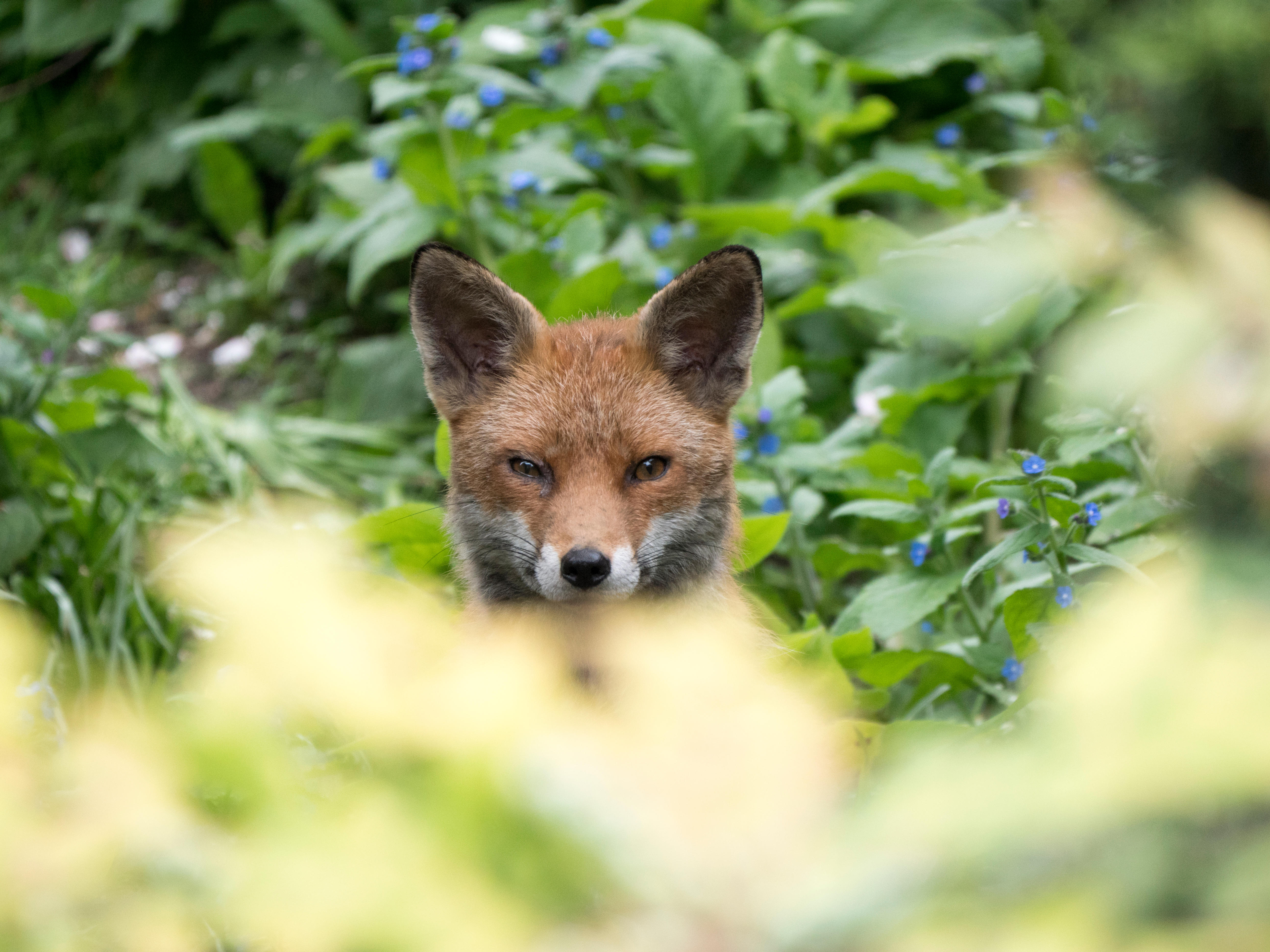Late frosts in the garden
Mark Griffiths moves his plants from Oxford to Cornwall


Ur recent move from Oxford to Cornwall would have been hectic enough even if I hadn’t decided to take 500 plants, ranging from thimble-sized alpines to 30ft bamboos, along for the ride. And yet I couldn’t have wished for better conditions for this mass uprooting: a mild spell with drizzle enough to minimise wilting; an all-time low in the price of the soilless potting compost that I packed around bagged-up roots to keep them damp; supermarket carriers that are now tough enough to make passable temporary containers (no more scoffing at ‘bags for life’). With uncharacteristic foresight, I even sent the plants on before us, courtesy of the country’s nimblest garden-mover, Justin Orchard (Sunnyside Removals: 077963 55498; www.sunnysideremovals.co.uk), whereas we collided with the first real snow in 20 years.
Just before the nationwide white-out, Cornwall was struck by frosts whose destructive impact is comparable in places to that of the Great Storm of 1987 on parts of the South-East. Generations of cordy-lines, echiums, tree ferns and other exotics have been reduced to mush in recent weeks. Even fully hardy plants that would have survived –10 up-country (as they say down here) have succumbed, never having experienced such low temperatures before. Some dauntless gardeners have decided to regard the freeze as an event of comet-like rarity and are already replanting jungle, desert and Riviera. Silver linings are being sought and lessons learnt to do with the nature of microclimates and of hardiness in general.
There are also some surprise survivors, such as the Canary Island date palms and numerous bromeliads, which no one imagined would be quite so resilient. Also, Cannomois virgata, that precious South African restio whose praises I recently sang, sailed through the week-long ice age without so much as a shiver.
Spring comes early in the South-West, and as winter recedes, Cornish gardeners stock up on Southern Hemisphere imports although perhaps less so this year. My new friend at the garden centre tells me that tough, yet precociously blooming shrubs (such as scarlet-flowered varieties of Chaenomeles and the sweet-scented, lemon-yellow Coronilla) are selling well, and instant joy is also being provided by the smaller stalwarts: hellebores and spring bulbs such as the slim, opaline Crocus tommasinianus and magenta-flowered Cyclamen coum. Could it be that these plants, which I associate with gardens in the Home Counties and Cotswolds, will find new favour in the once bitten, twice-shy South-West?
Conversely, gardeners ‘up-country’ can feel emboldened to try exotic survivors like those date palms, puyas and restios now that they have been tested nearly to destruction, and yet survived.
Exquisite houses, the beauty of Nature, and how to get the most from your life, straight to your inbox.
Country Life is unlike any other magazine: the only glossy weekly on the newsstand and the only magazine that has been guest-edited by His Majesty The King not once, but twice. It is a celebration of modern rural life and all its diverse joys and pleasures — that was first published in Queen Victoria's Diamond Jubilee year. Our eclectic mixture of witty and informative content — from the most up-to-date property news and commentary and a coveted glimpse inside some of the UK's best houses and gardens, to gardening, the arts and interior design, written by experts in their field — still cannot be found in print or online, anywhere else.


